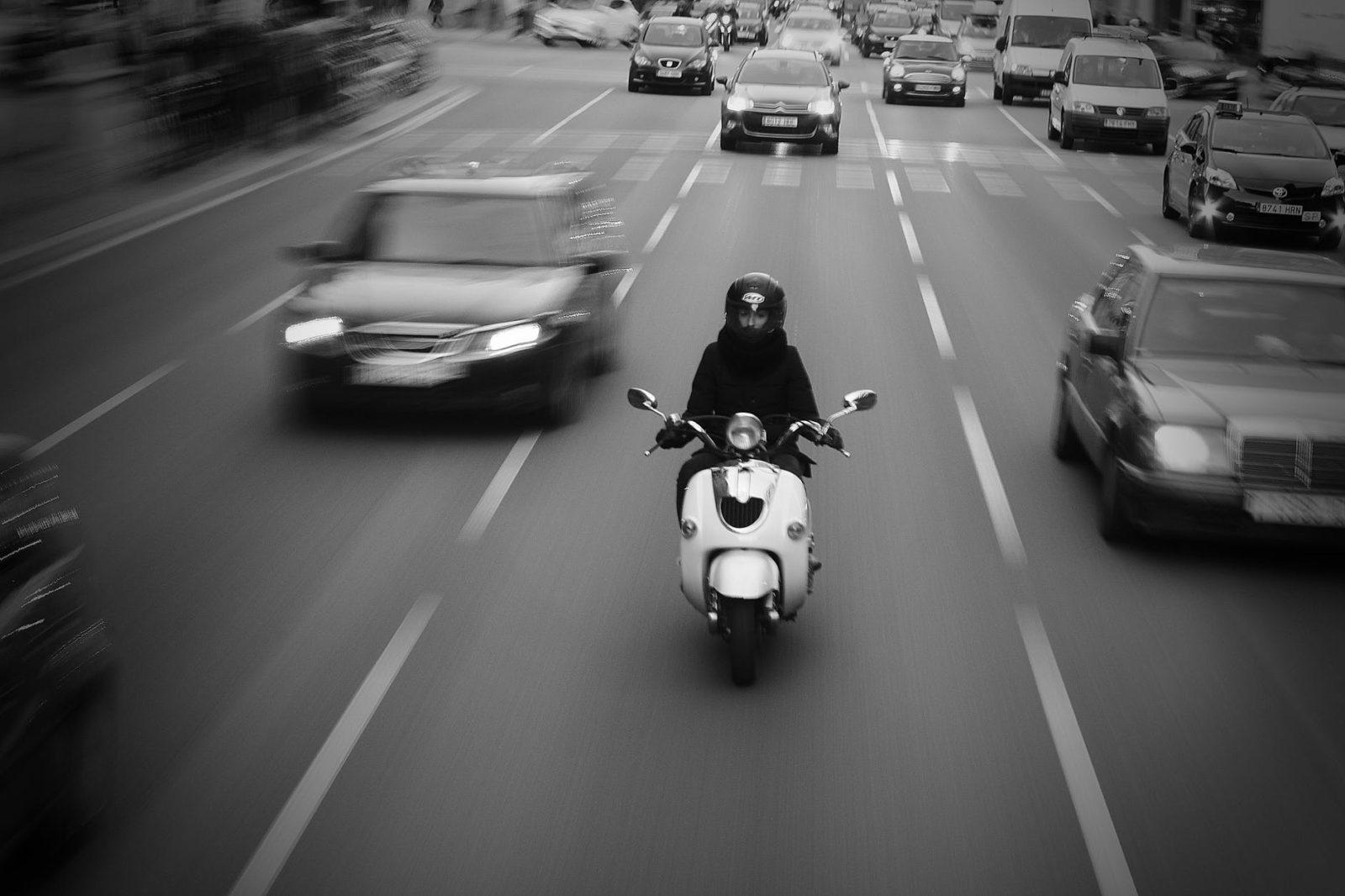A wind of change in shopping needs is bringing a fresh outlook to urban mobility with last-mile delivery driving huge demand for automotive, both conventional and electric, as customers shift to online from the conventional brick & mortar.
Demand for the urban last-mile delivery will increase by 78 per cent by 2030, and this will lead to the addition of 36 per cent more delivery vehicles in the world’s top 100 cities, reveals a study by World Economic Forum.
For example, In India, the rise of last-mile delivery has increased significantly in the last couple of years. Rise of the online retail platforms like Amazon, Flipkart, food delivery apps like Swiggy, Zomato have increased the demand of last-mile delivery ecosystem, especially in urban areas, adding more vehicles to the roads.
The study further claims that growth in urban deliveries will increase the congestion on roads by around 21 per cent, adding around 11 minutes of daily commute time for each citizen. This will also increase the carbon emissions by 30 per cent by 2030 without effective intervention, further claims the study. This means the CO2 emission will reach around 25 million tons by the end of the next decade.
Commenting on the findings, Christoph Wolff, Head of Mobility, World Economic Forum, said, “Consumer demand for the convenience of online shopping and fast delivery is rising rapidly and companies are struggling to meet this demand with sustainable delivery options.”
He also added, “Rising congestion and emissions from e-commerce delivery are already stressing city traffic and this pressure will only rise from growing demand unless effective intervention is quickly taken by both cities and companies.
















Leave a Reply